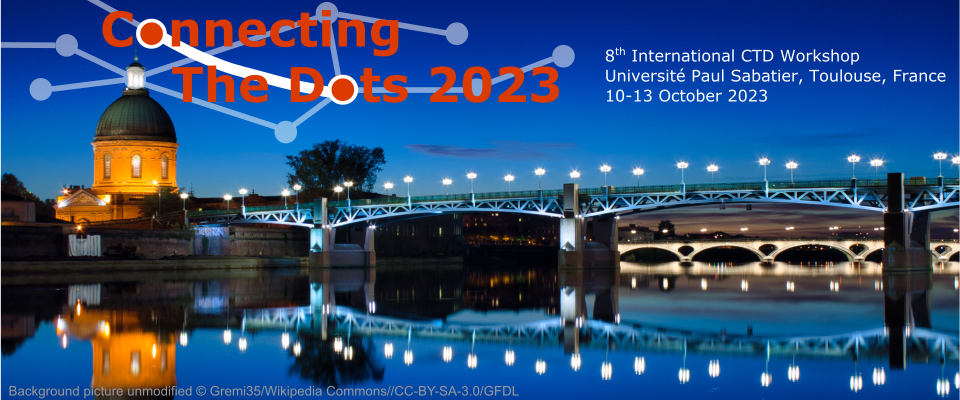Speaker
Description
Finding track segments downstream of the magnet is some of the most important and computationally expensive task of the first stage of the new GPU-based software trigger of the LHCb Upgrade I, that has started operation in Run 3. These segments are essential to form all good physics tracks with a very high precision momentum measurement, when combined with those reconstructed in the vertex track detector, and to reconstruct long-lived particles, such as Kshort and strange baryons, decaying after the vertex track detector, largely boosting the physics reach of the experiment. In this talk, we discuss the collaboration plans to install a real-time tracking device based on distributed system of FPGAs, dedicated to the reconstruction of particles trajectories in the forward Scintillating Fibre tracker detector, with the aim to preserve the full physics potential of the experiment in Run 4, and in view of Run 5 (Upgrade II) at higher instantaneous luminosity. This system will enhance the DAQ system of the experiment, and will run in real time during physics data taking, reconstructing tracks on-the-fly at the LHC collision rate, before the software trigger processing begins. The design and the expected performance of this device, with the capability of processing events at the full LHC collision rate of 30 MHz is discussed.
